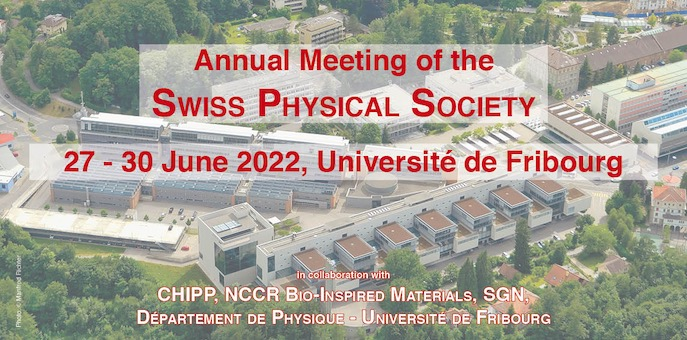Speaker
Description
Chiral topological semimetals (which possess neither mirror nor inversion symmetries) are a new class of quantum materials that have been predicted to host novel phenomena, such as multifold fermions with large topological charge, long Fermi-arc surface states, unusual magnetotransport and lattice dynamics, unconventional superconductivity, and exotic optical effects, such as a quantized response to circularly polarized light. However, until recently, all experimentally confirmed topological semimetals crystallized in space groups that contain mirror operations, which means that the aforementioned phenomena must vanish.Here, I will present evidence from soft X-ray- and VUV-angle-resolved photoelectron spectroscopy that a family of intermetallic catalysts, including PtAl and PdGa [1,2], are chiral topological semimetals. We directly visualize the multifold fermions in these compounds and show that they carry the largest possible Chern number that can be realized in any metal. We also show experimentally that there is a direct relationship between the handedness of the crystal structure and the electronic chirality (i.e. the Chern number sign) of the multifold fermions. This finding demonstrates that structural chirality can be used as a control parameter to manipulate phenomena that are sensitive to electronic chirality, such as the direction of topological photocurrents. I will then present our latest experimental results about new directions in the field of chiral topological semimetals, including magnetic materials.
[1] N. B. M. Schröter et al., Nat. Phys. 15, 759–765 (2019). [2] N. B. M. Schröter et al., Science 369, 179 (2020).
